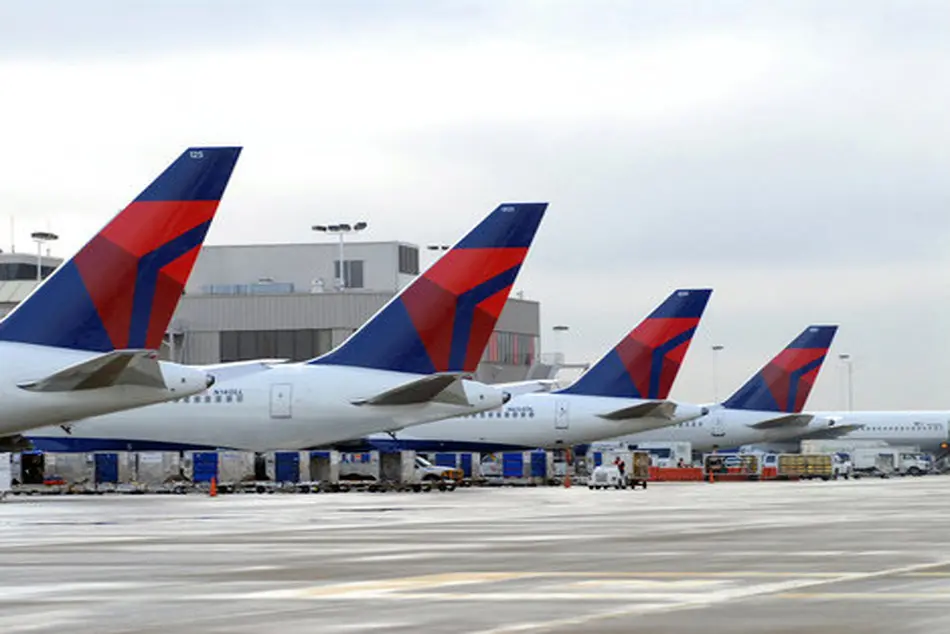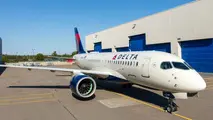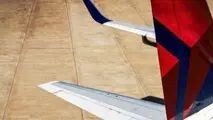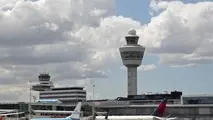Delta Obtains FAA Acceptance For Drone Inspections On Mainline Fleet
Delta Air Lines’ TechOps division has added the use of drone inspections into the Aircraft Maintenance Manual (AMM) for its entire mainline fleet, with new acceptance from the FAA.

Delta Air Lines’ TechOps division has added the use of drone inspections into the Aircraft Maintenance Manual (AMM) for its entire mainline fleet, with new acceptance from the FAA.
Camera-based small, unmanned aircraft systems (sUAS) will initially be used to visually inspect aircraft following lightning strike events, with potential for other areas of conditional general visual inspection (GVI) in the future. Delta is “the first U.S. commercial operator to receive FAA Certificate Management Office (CMO) concurrence for our plans to use these drones for maintenance inspections across our fleet,” the airline says. Delta received the acceptance in February, integrating drone inspections into the AMM in June, starting with the visual inspections following lightning strikes. The Atlanta-based carrier began seriously exploring the use of drones for inspections starting in 2017, ramping up testing efforts in 2021, once Mainblades was selected as its technology partner. Today, the TechOps team utilizes two drones—dubbed Reba and Dolly—in partnership with the Dutch drone specialist.
“TechOps has been hard at work finding ways Delta can use technology to innovate in the aviation maintenance space,” Delta COO and TechOps President John Laughter says. “Our two drones take hundreds of photos that our technicians can use to aid in analyzing potential aircraft damage, which also helps reduce the number of inspections our people do at heights and ensures we return the aircraft to service safely and more efficiently.”
Regulators have given approval for the drones to operate both indoors and outdoors at Delta maintenance facilities in Atlanta, Detroit and Minneapolis. The small drones can photograph a narrowbody aircraft in less than 90 min., and a widebody in under two hr., compared to manual inspections which can average around 16 labor hr. The drone inspections will help to reduce injury risk, states Delta, while enabling technicians and inspectors to make decisions on aircraft conditions up to 82% faster.
The sUAS “are semi-autonomous drones that navigate around an aircraft taking images without manual inputs from a pilot,” Delta says. “Once images of the airframe are captured, trained TechOps technicians and inspectors will evaluate those photos to determine airworthiness prior to returning the aircraft to service much like they have historically.”
In the future, “there are several areas of conditional GVI where a task could be developed, usually in response to damage like as hail events,” the carrier notes. “TechOps also sees this technology as a benefit to assess paint condition, placards, etcetera.”
Delta currently operates an in-service mainline fleet of 916, according to the Aviation Week Network Fleet Discovery database, a mix of Airbus A220s (60) A320 family (286), A330s (68), A350s (31), Boeing 717s (69), 737s (231), 757s (111), and 767s (60).



